Food + Imagination = A Recipe For Change
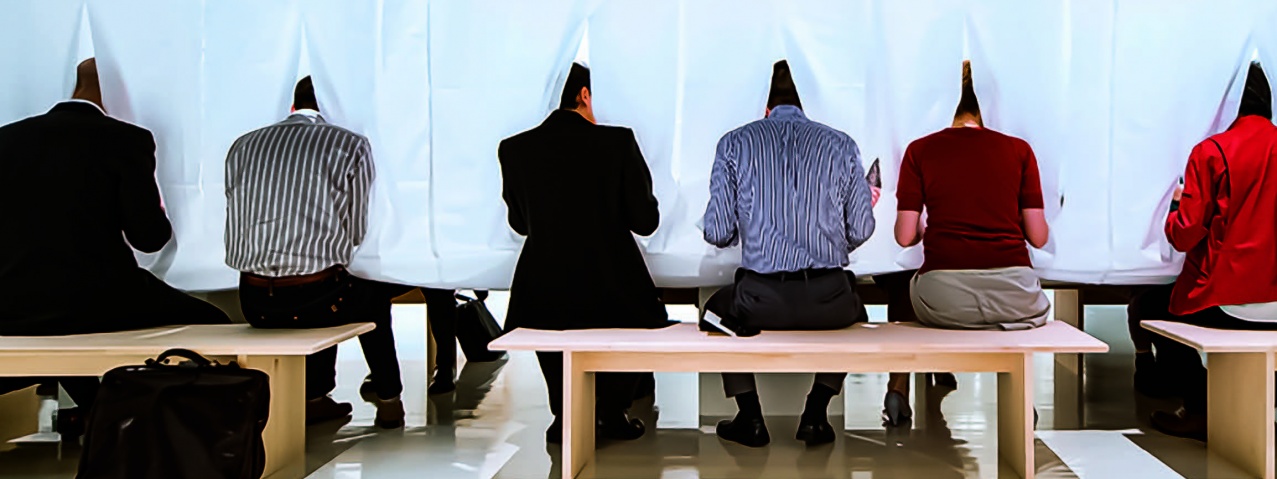

|
Looking to make a difference with your designs? Then Marije Vogelzang should be on your radar. A pioneer of designing in the medium of food, Vogelzang's work is inspiring fresh ways to view what is on our plates, and prompting us to be more mindful of why and how we take our daily sustenance. Marije Vogelzang first started working with food as a subject in design school. "I tried to find the material that I could express myself in best. Eventually I started working with food because it's nice, you can eat it, and it's fascinating that it's ephemeral and that I make a design that you will consequently put in your body." That was two decades ago, and in the interim period Vogelzang has become a pioneer in Food Design, overseen dozens of exhibitions, conceptual and installation art projects, and mentored many students on her way to pioneering an entirely new field of design that is now spreading around the world. While she is a designer, and her subject is food, Vogelzang self identifies as an "Eating Designer." "The verb 'to eat' stands for, harvesting, growing, transporting, sharing and excreting food. It is about culture, rituals, science, smell, taste, memories, education, psychology, diseases, plants, animal, and more. Actually, it's about the whole world. Eating affects everything. What we eat determines what the world looks like." But her thinking goes even deeper. "My work is not about food at all, it is about human beings, and food is just a really easy way to connect and speak with them using a different language. Food, is a fundamental common denominator for all human beings. It is something that has always brought us together for survival and for celebration. While one of the most diverse areas of human life, it is also a universal cultural practice, and more than anything, it is fundamental to the existence of each individual living entity on the planet." Food is here to make us think For Vogelzang, "Eating design lies at the nexus of food and imagination. Anything is possible, and there are critical lessons to be learned, and all done in a very fun, relaxed and natural way." Her work spans from designing food experiences, to creating food-for-thought objects, and curating exhibitions around the world. Dig into Vogelzang's work, and you will find an amazing diversity of creative engagement with food. Whether it is elegantly designed objects intruding on our plates to help us rethink portion size, or marshmallow icebergs that melt in warm cocoa to highlight environmental problems, she wants to get us thinking. For just a taste of the power of her work, consider the following. In the Sharing Dinner project, she turned the table cloth into a tent surrounding the table that would only fit people's heads into the dining space. The diners, a group of strangers, were then given only selected food items forcing them to share with each other to complete their meals. Such choreographing of food rituals disturbs common patterns of how and what we eat, and quickly brought together a group of strangers at the dining table. Another project, Eat Love Budapest, tackled the serious problem of gypsy discrimination in Hungary. Vogelzang situated diners in individual booths where they were anonymously hand-fed by Roma (gypsy) women, who simultaneously recounted their life stories. This was a powerful experience for the diners, one that helped breakdown preconceived ideas of gypsy life, and even sparked an important social debate on the subject in Hungary. While acknowledging that designers love to create something new, she senses a shift in desire amongst new designers from wanting to craft something beautiful and permanent, to creating something meaningful that will make a positive contribution to the world. Rather than new things, Vogelzang wants to create new perspectives and connections. These can take many forms, but all elicit a sense of connection and appreciation for the food, its producers, and for those you are sharing the food with. She encourages people to look differently at what we already have, and to create new perspectives of the familiar. "What we need is to re-imagine, re-value, and be grateful for what we have, and this should be celebrated rather than unconsciously accepted as a given. We are incredibly lucky to live in abundance, and this needs to be respected and appreciated." A problem is an opportunity The consequences of the human relationship with food is firmly in Vogelzang's sights. "Food is the largest and most important topic in the world, it shapes our memories and emotions, it shapes our economies and politics, it shapes our nature and biodiversity." Her focus extends to the entire food system, "Designers have a role in taking specialists and artisans beyond their area of expertise, broadening their focus and taking them outside of their part of the food chain. They can help make the food system more transparent for both producers and consumers. There is so much space in the food system for creative minds to link these specialists together, to create new and unconventional connections, stimulate solutions, and bring about fresh changes that can have a big effect on the world." People being mindful about food and engaged with the food system is essential for Vogelzang. "Food is inherently very emotional and changes people's state of mind and relationships with its presence and absence. There are an enormous amount of psychological issues and acculturation that takes place around food, and we have strong opinions about what constitutes food and how and when we want to consume it. We need opportunities to take a step back from this, and give ourselves the space to reconsider our relationship with this most fundamental of building blocks in our lives. Eating is a way to communicate with each other, and we can be much more free with this, because many of the rituals we have around food now were also designed once. Someone came up with them, and people started to copy them. But we don't need to keep them fixed, we can transcend them in the future, or create new traditions because we have different lives than we used to have." A fresh field rich in opportunity The time to engage with food is now. "We are living in this digital world and we are losing touch with the organic living world, and food is this very thing that is alive, you are touching it, smelling it, and making it part of you. It is a perfect way to link back to this real world. Working in food and design is a challenge to the mediocrity that much of food and eating has fallen into. We need more creative people doing stuff with food, because, for a regular consuming human being, it is impossible to really understand the impacts." Designers can help build this healthy future by altering perceptions of food and its true value. "Whether it is in packaging and production problems, nutrition and safety, there are so many ways for design to contribute to better understanding the problems and potential solutions." Her optimism is contagious. "The field is open and underexplored and there are huge opportunities in this relatively empty field. You can work with health care, psychology, gastronomy, cultural initiatives, cooking, education, and so many more areas. Moreover, you can be quite sure that when you start working with food that the thing you want to do hasn't been done before, which is different from when you start to design a chair or make ceramics, as almost everything has already been done. Also, the food system is rich in expertise. For budding food creatives, having access to professionals means you don't have to know everything, and can draw on expert knowledge in collaborations. This benefits both parties as it can help specialists move out of their area of expertise, and cross-pollinate ideas with disparate areas." With an eye to the future, Vogelzang thinks there will be a greater diversifying of food culture. "We see that regional food cultures are losing ground as they become more globalised. But creativity with food and innovative food cultures are taking shape and gaining ground, creating more diversity from city to city. But it doesn't have to be regional anymore, for example, food culture can be a niche within the internet, the opportunities are endless." Rather than have food being a source of guilt and worry, Vogelzang is trying to stimulate people to get active and involved in creating and being part of the solutions that will help turn around this negative trajectory. She wants to connect actors in all parts of the food system, and bring them together in unconventional ways that will help change perspectives and generate new ideas. And, we are all invited to free our minds, and our senses, to join her on this journey. |
Others

Latest News | 16 July 2021
2nd Hong Kong Denim Festival
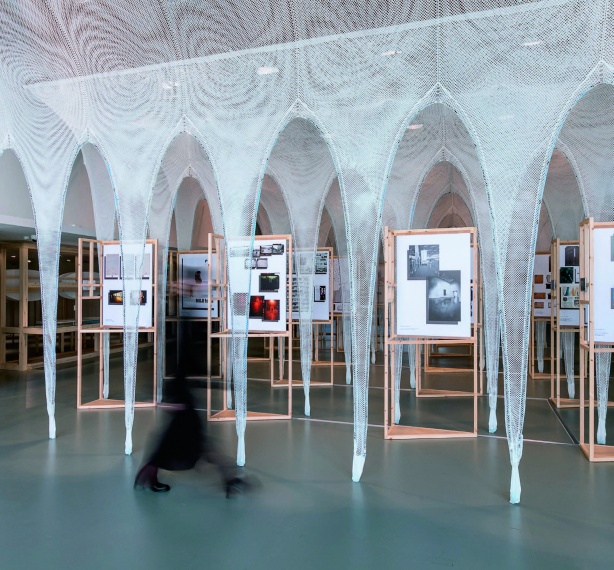
Latest News | 16 July 2021
Dai Fujiwara: The Road of My Cyber Physical Hands

Latest News | 16 July 2021
Rethinking the Everyday: Food Non Food
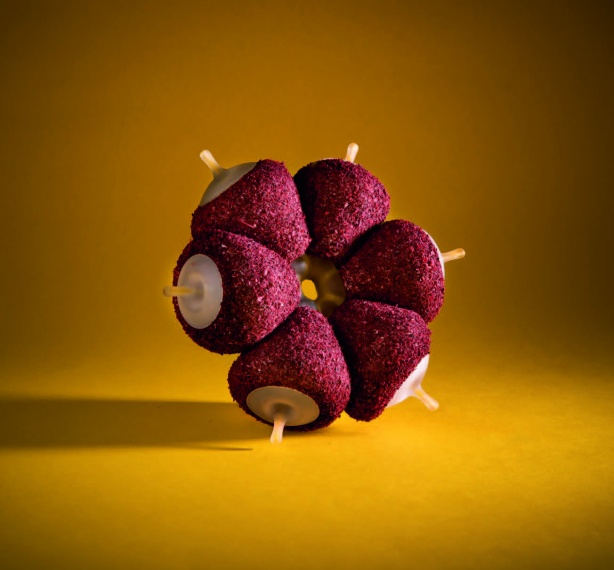
Latest News | 16 July 2021
Future Fruit Inspired by the Original

Latest News | 16 July 2021
The Peel-to-Cup Orange Juice Bar
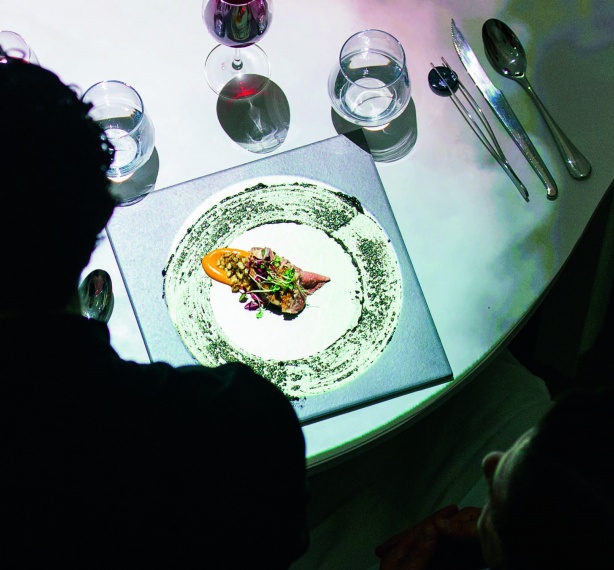
Latest News | 16 July 2021
The Multi - Sensory Language of Life
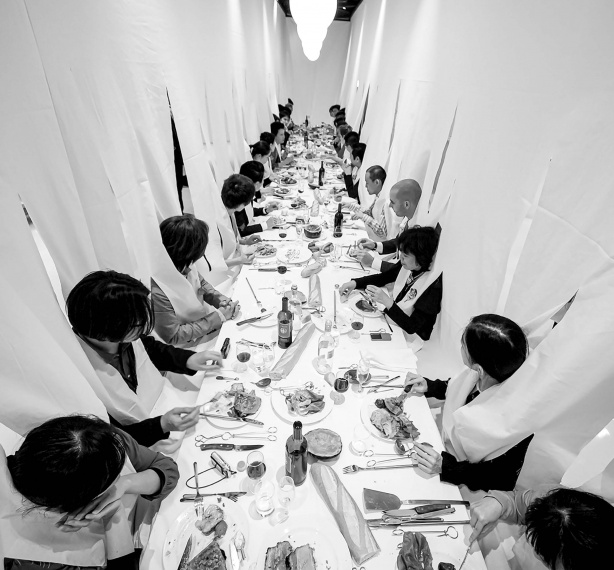
Latest News | 16 July 2021
Re-thinking Food's Future
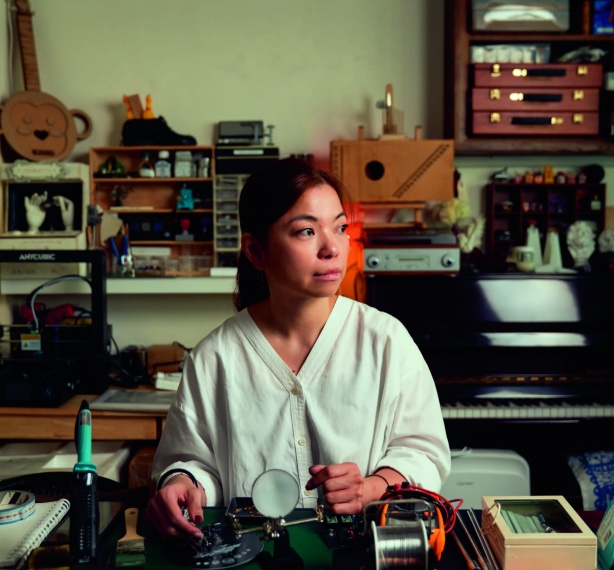
Latest News | 16 July 2021
The Moon is Leaving Us: A Scientific Exploration of the Arts
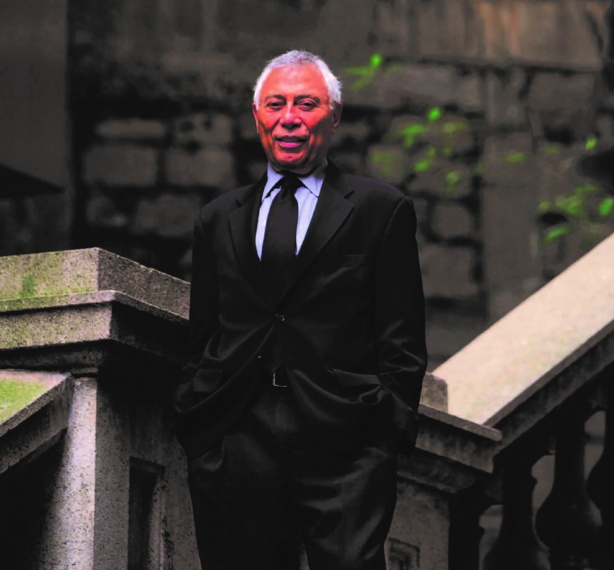
Latest News | 16 July 2021
Look: The Graphic Language of Henry Steiner
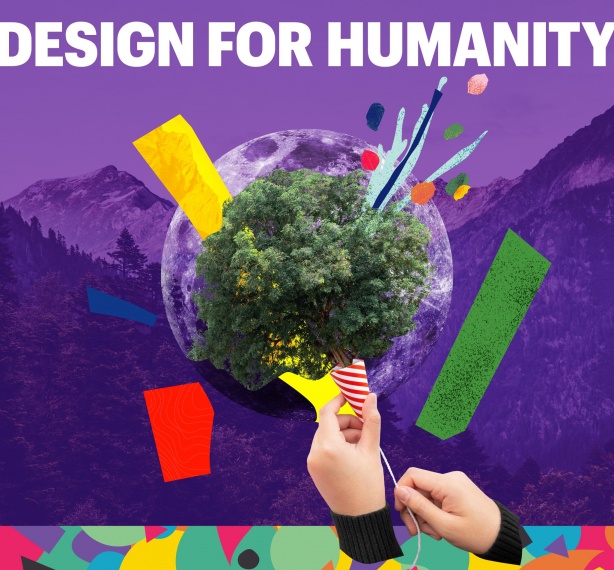
Latest News | 16 July 2021
Emerging Design Talents 2021 : DESIGN FOR HUMANITY
